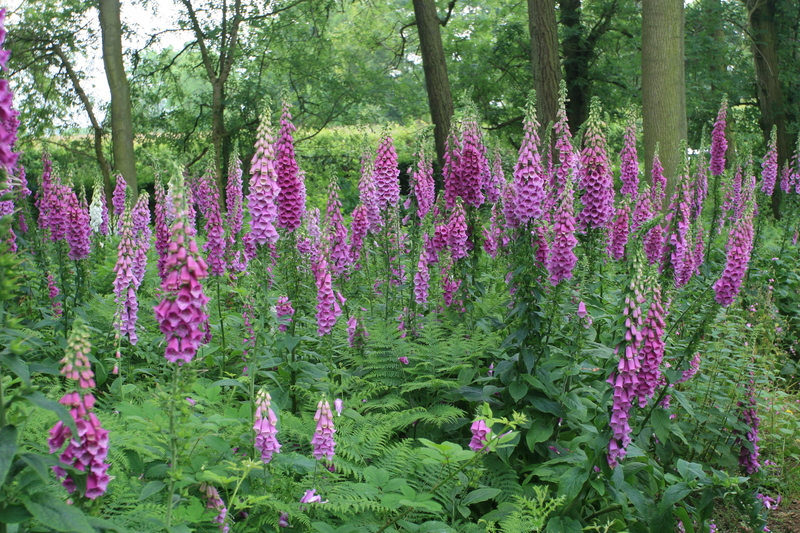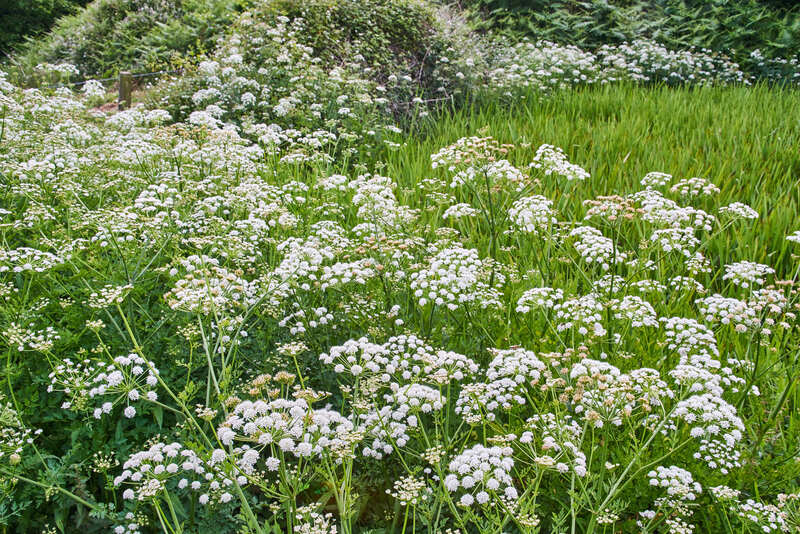Hedge Trimming Techniques to Transform Your Landscape Design
Posted on 31/05/2025
Hedge Trimming Techniques to Transform Your Landscape Design
A lush, well-manicured hedge can be the crowning jewel of your outdoor space. Hedge trimming techniques not only shape and define your landscape but also encourage healthy plant growth, improve privacy, and boost curb appeal. In this comprehensive guide, we explore innovative and classic hedge trimming methods to transform your home's exterior. Whether you're a seasoned landscaper or a gardening newbie, these strategies will empower you to craft impressive, beautiful hedges.
Why Mastering Hedge Trimming Is Essential for Landscape Design
Well-maintained hedges serve several critical purposes in landscape design. They:
- Create natural boundaries and privacy screens.
- Enhance the overall aesthetics of your garden or yard.
- Guide movement and define outdoor spaces.
- Provide habitat for wildlife.
- Increase property value by improving curb appeal.

Understanding Your Hedge: The Foundation for Success
Before you grab your shears, it's important to recognize that different hedge plants require different care. Some common types include:
- Evergreen hedges (ex: boxwood, yew, privet) - excellent for year-round structure and privacy.
- Deciduous hedges (ex: beech, hornbeam, hawthorn) - add seasonal interest with changing leaves and berries.
- Flowering hedges (ex: hydrangea, lilac, rose) - beautiful blooms add color and allure.
Top Hedge Trimming Techniques to Elevate Your Garden
1. Formal Hedge Shaping
Formal hedge trimming is all about achieving sharp lines and perfect shapes. This style is common for boxwoods and yews and requires:
- Marking the desired line with taut string or stakes for extra precision.
- Consistently trimming to maintain even sides and a level top.
- Shaping the base slightly wider than the top to allow sunlight to reach lower branches--a technique known as the "A-shape" or "tapered cut."
2. Informal and Naturalistic Trimming
For a softer, more relaxed look, choose informal hedge trimming. This technique embraces the plant's natural form:
- Use hand shears instead of power trimmers for a lighter touch.
- Follow the plant's growth pattern, removing uneven growth and dead or crossing branches.
- Focus on thinning rather than shaping for an airy feel and healthy airflow.
3. Topiary and Creative Shaping
Want to make a statement? Topiary is the ultimate way to turn your hedge into a unique garden sculpture:
- Start with boxwood, privet, or yew, as they respond well to regular shaping.
- Create basic shapes--spheres, cones, or spirals--using frames or freehand techniques.
- For advanced shapes (animals, objects), prune gradually over several seasons for the best results.
4. Rejuvenation Pruning
If your hedge looks overgrown or sparse, rejuvenation pruning can restore its health and form:
- Cut one-third of the oldest stems to ground level in late winter or early spring.
- Repeat for two to three years until the hedge is fully renewed with dense growth.
- Follow up with regular maintenance trims to prevent future decline.
The Best Tools for Expert Hedge Trimming
Using the right tools will make all the difference in achieving clean, consistent cuts and healthy hedges:
- Manual shears: Ideal for precision work and small hedges.
- Power hedge trimmers: Perfect for large, straight sections--electric or gas-powered models are available.
- Loppers and pruning saws: Useful for thick branches or initial shaping during rejuvenation.
- Protective gear: Gloves, safety glasses, and sturdy footwear safeguard your hands and eyes.
When to Trim: Hedge Pruning Schedules by Plant Type
Timing is crucial. Each hedge species responds best to pruning at specific times:
- Evergreen hedges: Trim in late spring or early summer after new growth has emerged.
- Deciduous hedges: Prune in late winter or just after flowering to avoid cutting off next season's blooms.
- Flowering hedges: Trim after flowering; formative pruning for young plants is key to long-term shape.
Expert Tips for Picture-Perfect Hedges
Achieve professional results with these practical tips:
- Trim regularly: Frequent, light trims are less stressful for the hedge than infrequent, heavy cuts.
- Start from the bottom: Begin trimming edges, then work your way up to ensure evenness.
- Step back often: Pause to check symmetry and adjust as needed for the perfect shape.
- Keep blades sharp: Dull tools tear branches, causing brown edges and disease risk.
- Water and feed: After trimming, water your hedge and provide a balanced fertilizer to encourage strong regrowth.
Common Mistakes in Hedge Trimming to Avoid
Even experienced gardeners can slip up. Here's what not to do:
- Trimming too late in the season: This may leave tender new growth exposed to frost.
- Shearing the top flat: Results in a dense, shady upper section, causing lower branches to die back.
- Ignoring plant health: Never trim diseased or stressed hedges without first treating the root issue.
- Over-pruning: Removing more than a third of the hedge at once can shock the plant.
- Neglecting cleanup: Leaving clippings between branches encourages rot and pests.
Integrating Hedges Into Your Landscape Design
Beyond just trim and tidy, strategically designed hedges can expand your outdoor living possibilities:
- Frame garden entrances or focal points with formal or flowering hedges.
- Screen unsightly areas (utility boxes, compost bins) with evergreen privacy walls.
- Create garden "rooms" for seating, dining, or play.
- Develop interesting shapes or topiary for unexpected visual impact.
- Mix color, texture, and seasonal interest by alternating hedge types and heights.

Eco-Friendly Hedge Maintenance
Sustainable hedge care is both trendsetting and responsible. Consider these green practices:
- Choose native species to support pollinators and local wildlife.
- Compost your hedge clippings to create nutrient-rich mulch.
- Avoid pesticides--healthy, well-trimmed hedges naturally resist most common pests.
- Use manual tools when possible to reduce noise and emissions.
Conclusion: Transform Your Landscape with Expert Hedge Trimming
By employing the right hedge trimming techniques, you can sculpt, rejuvenate, and elevate your landscape. From formal lines to whimsical topiary, the possibilities are endless. Mastering these skills not only keeps your garden healthy but also brings your vision for a stunning landscape design to life.
Regular maintenance, careful planning, and attention to detail are the keys to creating hedges that are both practical and picturesque. So, pick up your shears, choose a technique, and start shaping your garden's future today!

